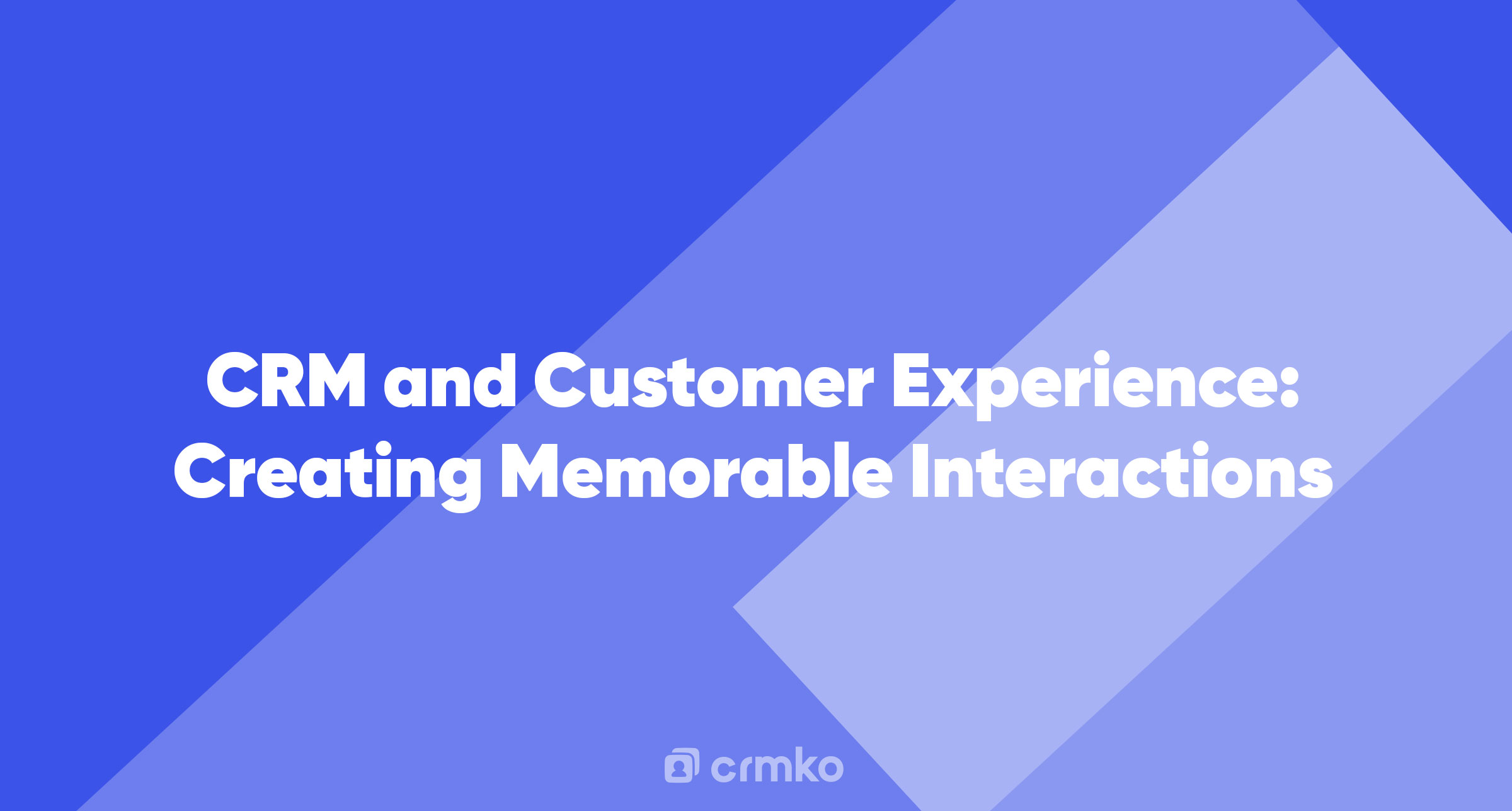Customer experience refers to the overall interactions and experiences a customer has with a business throughout their entire journey, from initial contact to becoming a loyal advocate. It encompasses every touchpoint, from customer care to advertising, packaging, features, and ease of use. A positive customer experience not only leads to increased customer satisfaction but also reduced customer churn and higher revenues.
The Impact of Customer Experience
Companies that prioritize customer experience see significant growth in revenue. In fact, a study by the Temkin Group found that companies earning $1 billion annually can expect to earn an additional $700 million within three years of investing in customer experience. This represents a 70% increase in revenue within a relatively short timeframe.
Moreover, customer experience has become the number one brand differentiator in recent years. One bad experience can lead to 1 in 3 customers leaving a brand they once loved. On the flip side, customers are willing to pay a premium for luxury and indulgence services if they receive a great customer experience. Additionally, customers who rate companies with a high customer experience score spend 140% more and remain loyal for up to six years.
Customer Experience vs. Customer Service
While customer service is an important aspect of customer experience, the two should not be confused. Customer service refers to interactions between a customer and an employee, often addressing specific issues or concerns. On the other hand, customer experience encompasses the entire customer journey, from initial contact to post-purchase interactions.
In today's marketplace, technology plays a crucial role in enhancing customer experience. Customer relationship management (CRM) software allows businesses to personalize interactions, predict customer needs, and deliver targeted marketing campaigns. By leveraging data and analytics, businesses can create a holistic view of each customer, enabling proactive and attentive service.
Implementing a Customer Experience Strategy
To improve customer experience, businesses need to develop and implement a customer experience strategy. This involves understanding customer needs, preferences, and pain points, as well as leveraging technology and data to enhance interactions. Here are some key steps to create a memorable customer experience:
1. Know Your Customers
Understanding your customers is the foundation of a successful customer experience strategy. Utilize tools such as surveys, analytics data, and CRM software to gather insights into customer behavior, preferences, and buying patterns. By understanding their needs, you can tailor your offerings and provide personalized experiences.
2. Create a Clear CX Vision
Develop a clear vision for the customer experience you want to deliver. This vision should align with your company's mission and values. Set policies and standards that reinforce this vision and ensure all employees are aware of and committed to providing a consistently positive customer experience.
3. Focus on Personalization
Personalization is key to enhancing customer experience. Customers value when their preferences and needs are addressed. Leverage CRM software to analyze customer data and provide personalized recommendations and offers. Tailor communication and marketing efforts based on individual customer preferences to create a unique and engaging experience.
4. Be Proactive and Responsive
Anticipate customer needs and be proactive in addressing them. Use CRM software to predict future needs and provide solutions before customers even realize they need them. Additionally, be responsive to customer inquiries, complaints, and feedback. Promptly address any issues and provide timely and helpful support.
5. Foster Transparency and Trust
Transparency is crucial in building trust with customers. Be open about your company's policies, products, and services. Communicate any updates or changes that may impact customers. Transparency helps establish a strong foundation for a positive customer experience.
6. Streamline Accessibility and Ease of Use
Make your products and services easily accessible to customers. Provide multiple channels for customers to reach you, including online, mobile, voice, and in-person options. Ensure your website and app are user-friendly and easy to navigate. Simplify processes and minimize friction points to create a seamless and enjoyable experience.
7. Measure and Analyze Customer Feedback
Regularly measure and analyze customer feedback to identify areas for improvement. Utilize customer satisfaction metrics, such as CSAT and NPS, to gauge customer sentiment. Collect feedback through surveys, focus groups, and online forums. Use this data to make data-driven decisions and continuously enhance the customer experience.
8. Cultivate a Customer-Centric Culture
Create a customer-centric culture within your organization. Involve all departments in delivering a positive customer experience, not just customer-facing teams. Foster collaboration and communication across departments to ensure a consistent and seamless experience for customers. Emphasize the importance of customer satisfaction and loyalty throughout the organization.
The Impact of Bad Customer Experiences
While a great customer experience can drive growth and loyalty, a bad customer experience can have detrimental effects on a business. Studies show that more than $62 billion is lost each year due to poor customer service. Furthermore, 91% of unhappy customers leave a brand without complaining.
To mitigate the impact of bad customer experiences, businesses must prioritize delivering exceptional customer service and continuously strive to improve the overall customer experience. By addressing customer concerns promptly and effectively, businesses can retain customers and prevent negative word-of-mouth.
Conclusion
In an increasingly competitive marketplace, customer experience has become a top priority for businesses. By investing in customer experience initiatives and implementing a comprehensive strategy, companies can differentiate themselves, enhance customer satisfaction, reduce churn, and ultimately drive revenue growth.
To succeed in today's business landscape, businesses must leverage technology, data, and analytics to personalize interactions, anticipate customer needs, and deliver seamless experiences. By creating memorable interactions throughout the entire customer journey, businesses can foster customer loyalty and secure a competitive advantage.
Remember, the customer experience is not just about customer service—it encompasses every touchpoint and interaction a customer has with your brand. By prioritizing customer experience and continuously improving it, businesses can thrive in a customer-centric world.
